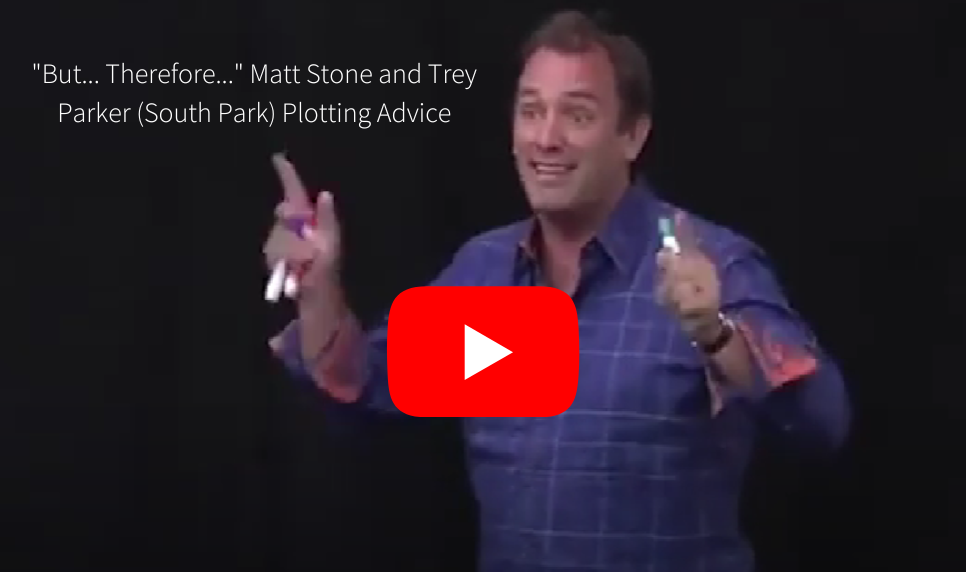Analytics inherently have the building blocks of a great story. We’ve got tension (are plans hitting the mark?), characters of interest (ourselves, competitors and users) and a goal (achieving business objectives.)
Yet, so often we experience analytics being shared with the same level of engagement as watching toast toast. Fascinating to some, but not compelling for most.
For data stories to take their rightful place in business, there’s value in looking at the frameworks used by leading screen and speech writers today. There’s a lot we can learn from the powerfully simple approaches that come out of places like Pixar, South Park and the White House. One of my favourites is “but, therefore.”
How to Beat Boring
Effective speakers and screenwriters know that the most powerful stories are those where our brains are actively participating—where we can imagine ourselves in the story. These stories capture our attention, keeping us engaged and drawing us toward a satisfying resolution.
The major problem with most data story attempts is that they follow a very linear, very dull, “and then” approach. First we found this, and then we found that, and then we did this… it’s not engaging.
But punctuate the narrative with “but” and “therefore”? Now you’ve got their attention!
The writers of South Park use this method each and every time they write an episode. Yes, South Park—the crass, satirical animated series by Trey Parker and Matt Stone. I’m not even a fan of the show’s genre, but you don’t have to be to get something out of their approach to storytelling—it’s undeniably compelling.
Pixar has its “story spine” (also known as the fourth rule of storytelling), but no matter the catchphrase, the idea is the same: “And then” gets you nowhere.
Make It Happen
Effective storytellers and speakers know this, and they apply “but, therefore” to structure the transitions within their story in the classic, three-act narrative arc first identified by Aristotle more than 2000 years ago.
- Act 1 (Beginning): Establish characters and setting, introduce crisis.
- Act 2 (Middle): But, the character works to overcome challenges and achieve goal.
- Act 3 (End): Therefore, the character resolves their central crisis with a new sense of what could be.
It’s the journey to overcome crisis and the transition between acts that creates tension and makes a story interesting. If your journey and transitions are led by “and then,” you need to take another crack at it. Each experience should progress the story through a “but” or “therefore.” It’s not the event, it’s where it takes us.
When building a data narrative, it’s not the data—it’s where it will take you. For a data story, your narrative can look like this:
- Act 1: We have a situation, and we have a theory as to the cause.
- Act 2: But, here’s what we learned that changed our perspective.
- Act 3: Therefore, we’re recommending this action to resolve and establish a new path.
When we share content that honours this structure, it makes our story that much more meaningful and memorable. And if you’re sharing information to benefit a business, being meaningful and memorable is everything.
Storylytics are experts in “But, therefore” for data stories. We can teach you to be one, too. Get in touch to learn more.

